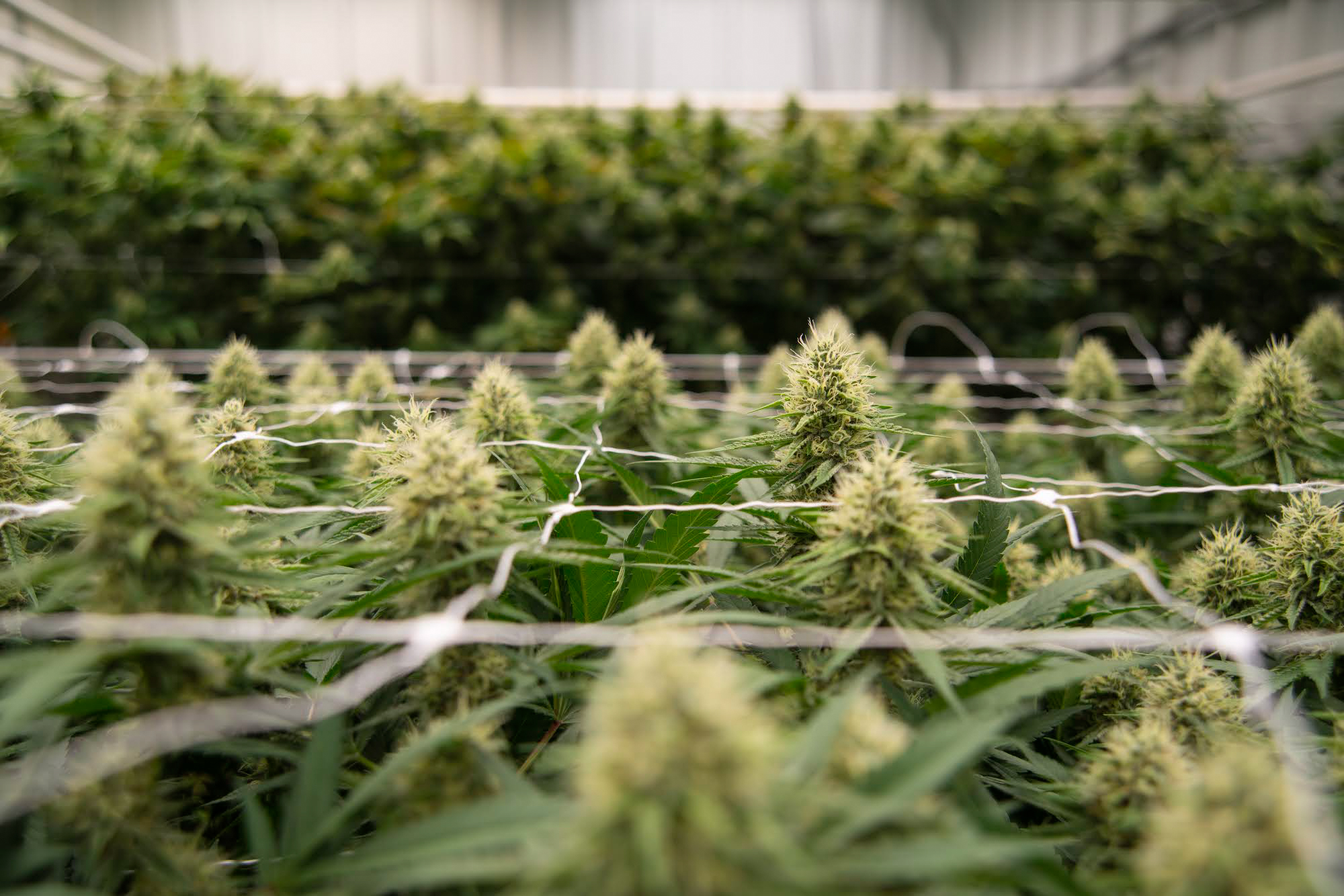OPINION: Seven years later, is legal recreational cannabis really worth it?

We are now more than seven years into our state’s experiment with widely available recreational and medical marijuana. Since its legalization, cannabis has become commonplace in our state — from advertisements on billboards to the all-too-familiar odor. Marijuana sales totaled $965 million in Nevada during the 2022 fiscal year, according to Marijuana Moment.
During the fight to legalize recreational marijuana — and even as late as 2018 — proponents argued consumption was completely safe. Because of the proliferation of marijuana use among the general population, many more scientific conclusions related to the effect of consumption are available now than there were in 2017. It is worth investigating to see if all that was promised by legal cannabis advocates during the legalization movement have stood the test of time.
As it turns out, marijuana isn’t safe.
Unquestionably the most alarming conclusion that has gained (even more) credibility since marijuana’s legalization is the link between regular use and psychiatric disorders. Young men who suffer from cannabis-induced psychosis, even once, stand nearly a 50 percent chance of developing schizophrenia within three years, according to a study of more than 9.8 million users published in the Journal of the American Medical Association Psychiatry.
The same study reveals that cannabis use in men younger than 44 produces a significantly elevated risk of schizophrenia even without suffering from acute psychosis. More than 4 percent of male cannabis users between the ages of 19-24 will develop schizophrenia compared to just 0.2 percent of the nonusing public. Psychosis induced by cannabis leads all other illicit drugs, including methamphetamine, in its likelihood to translate into a long-term psychiatric disorder such as schizophrenia.
These are both serious mental health conditions. According to the American Psychiatric Association, “psychosis refers to a set of symptoms characterized by a loss of touch with reality due to a disruption in the way that the brain processes information. When someone experiences a psychotic episode, the person’s thoughts and perceptions are disturbed, and the individual may have difficulty understanding what is real and what is not.”
The Substance Abuse and Mental Health Services Administration describes schizophrenia as: “A serious brain disorder that causes people to interpret reality abnormally. [Individuals with schizophrenia] don’t know what sights, sounds, and experiences are real or what they are imagining.
“Schizophrenia usually involves delusions (false beliefs), hallucinations (seeing or hearing things that don’t exist), unusual physical behavior, and disorganized thinking and speech. It is common for people with schizophrenia to have paranoid thoughts or hear voices. For example, they may believe that someone is controlling their mind or going to cause them harm. These psychotic episodes are often frightening, confusing, and isolating. Schizophrenia can be extremely disruptive to a person’s life, making it hard to go to school or work, keep a schedule, socialize, complete daily tasks, or take care of oneself.”
The link between psychiatric disorders and marijuana was well-established before legalization and has only become stronger since the widespread legalization.
Further, a profoundly negative link between marijuana and physical health is being discovered. The National Institutes of Health released a study this year showing that daily marijuana use increases the likelihood of a heart attack by 25 percent and of a stroke by 42 percent when compared to nonuse. “Less frequent use was also associated with an increased risk of cardiovascular events. Weekly users showed a 3% increased likelihood of heart attack and a 5% increased likelihood of stroke,” the institute reported.
Researchers have also become aware of a previously undocumented condition related to regular marijuana use — cannabinoid hyperemesis syndrome, which has claimed the lives of at least two individuals so far. Cannabinoid hyperemesis syndrome is not yet well understood, but the accumulation of marijuana metabolites in an individual’s body causes prolonged and uncontrolled vomiting, resulting in kidney strain and dehydration. The only known cure for the syndrome is the total cessation of marijuana consumption.
And what about the promised benefits? Taxes collected from cannabis sales in Nevada—$152 million in 2022 alone—were meant to help improve our struggling schools. But in the last several years our public school outcomes have gotten worse, not better. The millions sent to Nevada schools have made no observable impact at all: In Clark County, from 2018 to 2022, math proficiency for our third through eighth graders dropped from 36 percent to 27.5 percent. For English, proficiency dropped from 47.6 percent to 37.2 percent. Nevada ranks dead last in the average ACT score.
During the fight to legalize marijuana, advocates suggested to me (seemingly ad infinitum) that youth usage would not increase because of legalization. It turns out that was not true in Nevada or two other Western states that legalized weed. The 2023 results of the National Survey on Drug Use and Health reveal past-year use of cannabis among 12 to 17 year olds significantly increased in Nevada by 17.4 percent. It also increased in California and Oregon, and this is happening in an environment where the mental health consequences for youth who do use marijuana have been revealed to be higher than ever.
In my experience as a licensed clinician with decades of experience in treatment, I believe time will reveal a link between reduced school outcomes and the legalized, commercialized status of cannabis in our community, though no such evidence exists to date.
Youth aren’t the only ones experiencing an uptick in use. According to the National Institute on Drug Abuse, marijuana and hallucinogen use reached historic highs among adults 35 to 50. These are not good omens for the mental and physical health of our communities.
We will continue to learn more about the consequences of widespread use of highly potent marijuana in the coming years. In the short term, however, it’s still worth asking if the cost of legal marijuana — measured in psychosis, schizophrenia, strokes, heart attacks and lives shattered by traumatic health consequences— has been worth the benefit.
David Marlon is the CEO of Vegas Stronger, a nonprofit behavioral health center dedicated to solving homelessness by treating substance use addiction and mental illness. He holds a doctorate in psychology, dual clinical licensure and has decades of experience treating substance use disorders in Nevada. He is the Southwest regional vice president of the National Association for Alcoholism and Drug Abuse Counselors.
The Nevada Independent welcomes informed, cogent rebuttals to opinion pieces such as this. Send them to [email protected].
